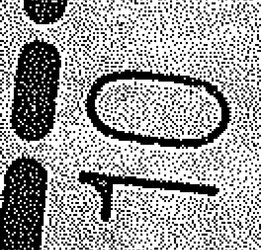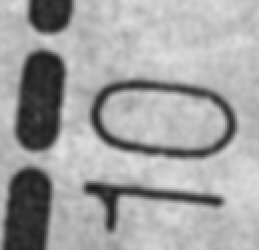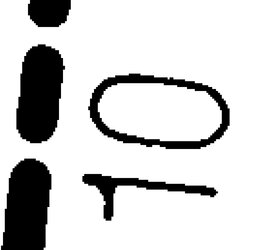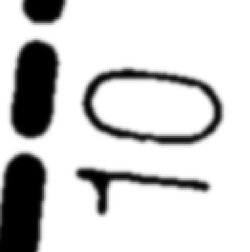Coffee_Girl
Active Member
- Messages
- 39
- Likes
- 8
I scanned some images, the images are dark and i am trying to save ink so I use PS > Image > Adjustment > Curve...I make it as highly contrast as possible to remove the gray and leaving the lines (which is what i want). However when I go to print everything just reverts back to the dark gray!
I've tried to make new layers and merge white layers to lighten the image, nothing works. The image just reverts back to the grey, I've even tried to make several layers of curve adjust and making it full on white....still it just reverts. I am a total PS noob so please let me know if anyone can help with this!
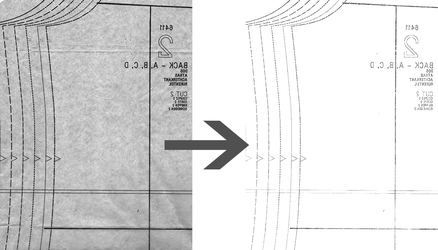
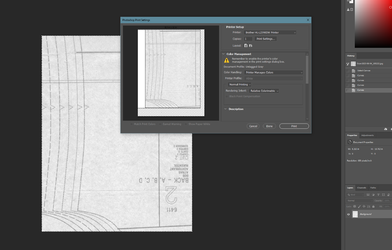
I've tried to make new layers and merge white layers to lighten the image, nothing works. The image just reverts back to the grey, I've even tried to make several layers of curve adjust and making it full on white....still it just reverts. I am a total PS noob so please let me know if anyone can help with this!





